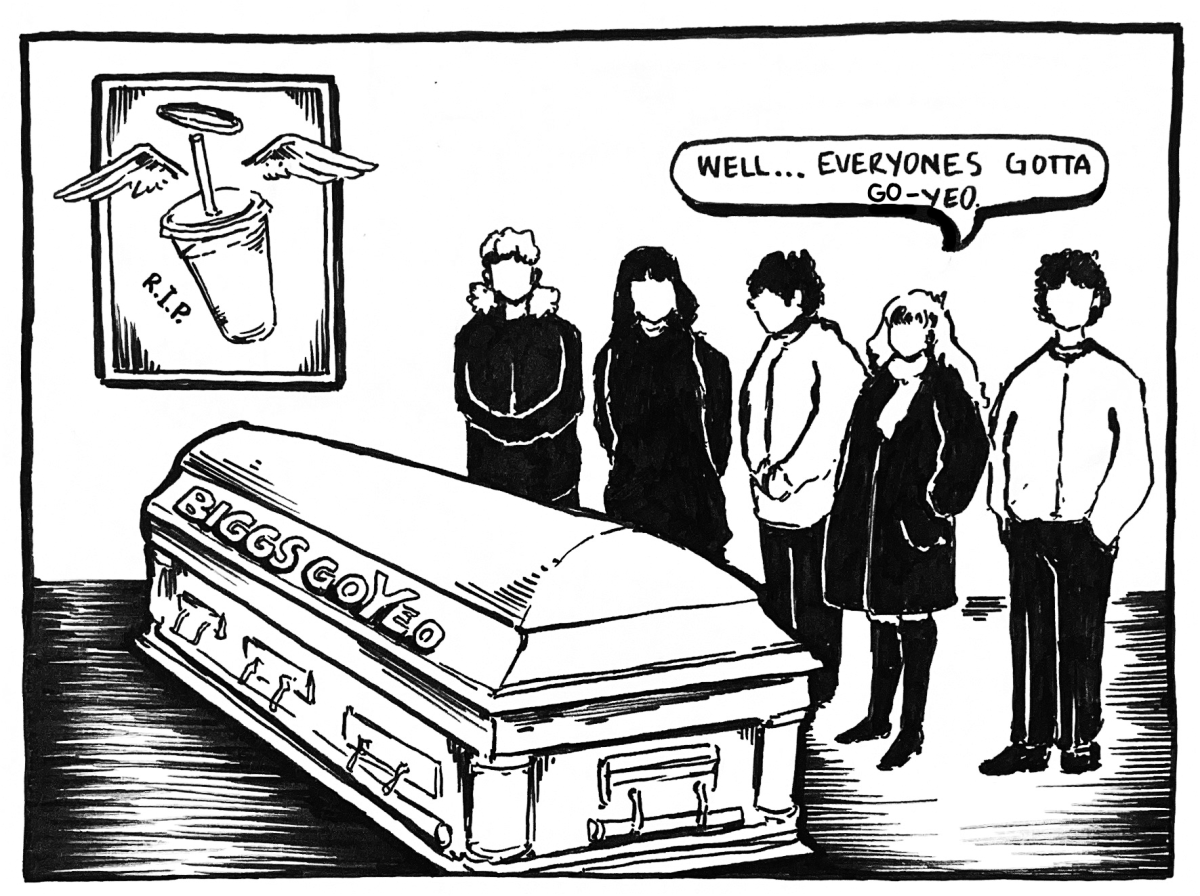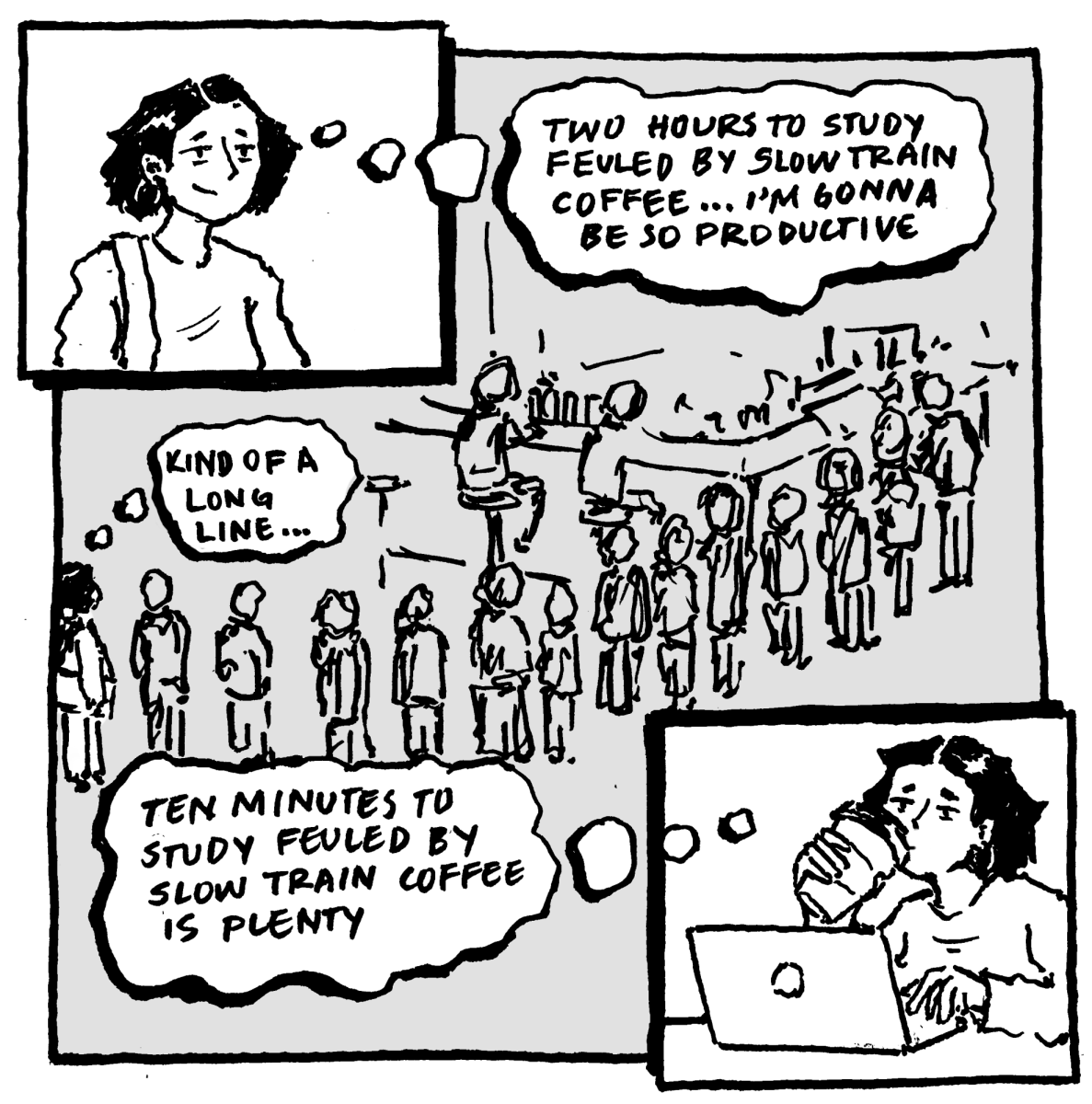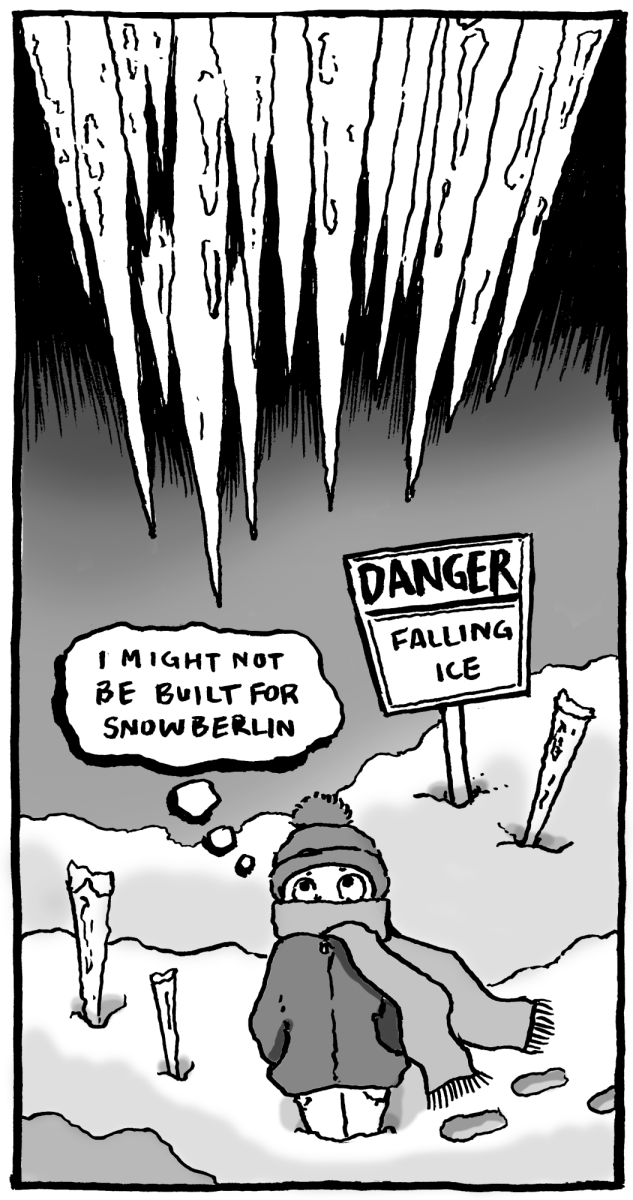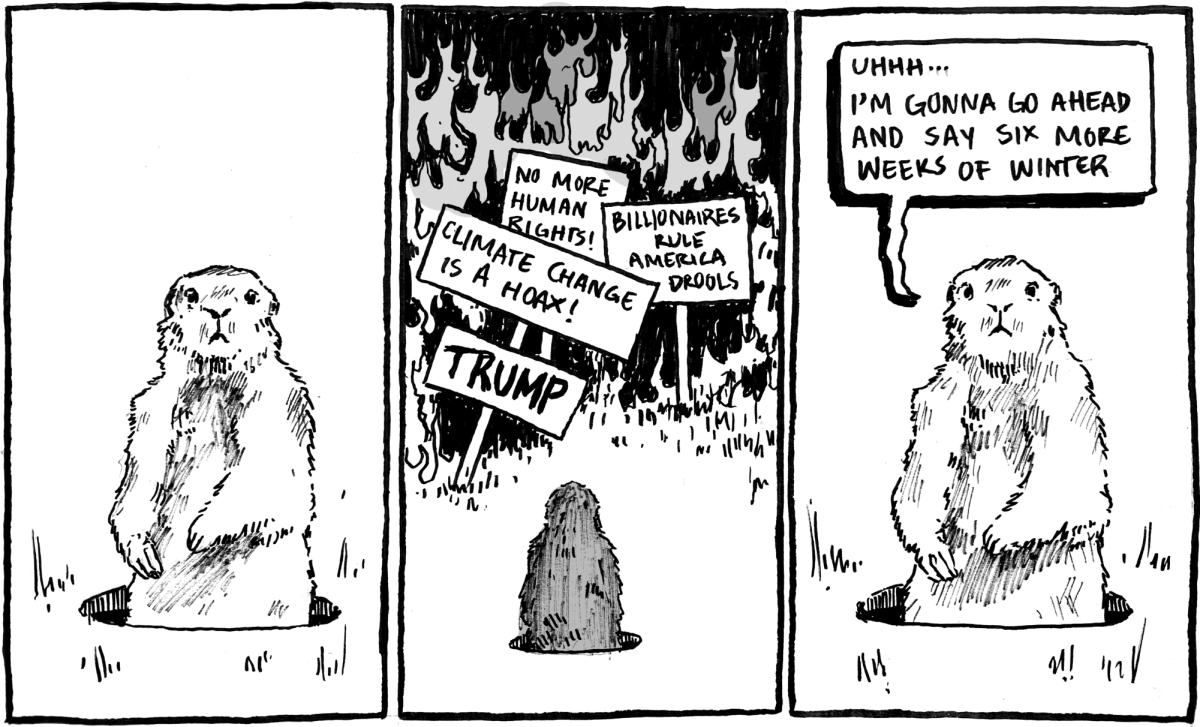I had the perfect line planned for coming out. I was sitting with two friends in the school cafeteria. We must have been about fourteen at the time. I had recently gotten a haircut that made my curls look similar to the poof atop a poodle’s head. I munched on my baby carrots, debating whether or not to say the line. Finally, I spoke. “My hair’s not straight and neither am I!”
The boys both stared at me. We sat in silence as I impatiently waited for them to hug me, thank me for confiding in them, or at the very least chuckle at my impressive line. “Huh,” one boy said. He looked more confused than anything else. “You don’t really seem gay.”
Nobody seemed to believe I could actually be gay. I owned a thousand flowery dresses and liked painting my nails in pastel colors. I was told I seemed “normal” by several straight people who claimed they had gaydar and smiled with pride as if gaydar was a superpower, similar to Superman’s strength or the Flash’s speed. Liking girls was abnormal, according to their gaydar, and I was simply too normal for any of that nonsense.
I attempted to explain how I felt nervous and fluttery around certain girls, as if hedgehogs were tumbling around inside my gut. I was tenderly asked if my so-called crushes were actually just girls that I wanted to befriend. Santa Claus and the Tooth Fairy seemed more realistic than me liking girls. I wondered if perhaps I was lying to myself. A few months after coming out, I declared I was wrong and I must be straight. People nodded their heads in acceptance. “That makes sense,” a girl told me. “I didn’t really think you could be gay.”
Unfortunately there were still a plethora of girls who made me feel anxious, sweaty, and irritated at them for looking so damn pretty. I had a dream where I was kidnapped by a group of women dressed in white and taken to a place they called Lesbian Island. I eventually joined their sapphic cult and declared I was a lesbian, only to be immediately woken up by my alarm. My dreams have never been subtle.
So I came out. For the second time. Everyone nodded and smiled acceptingly. Despite myself, I pictured timers ticking away in their heads at how long this phase would last.
The world is still more convinced of my heterosexuality than I am. At Oberlin, far fewer people assume my sexuality. However, even at Oberlin, I have damaged several people’s gaydars. I once dressed up as the gay agenda for Halloween and wore all rainbow clothing, so bright that it was nearly blinding. A girl walked up to me, her eyes wide in shock. “You broke my gaydar,” she whispered solemnly. “It’s broken now.”
I am aware that I fit none of the lesbian stereotypes. A friend once joked that lesbians are made of three things: flannel, beanies, and an obsession with cats. My closet is barren of flannel without a single beanie in sight. I am deathly allergic to cats and personally find them frightening. According to The L Word, if a person’s index finger is shorter than their ring finger, they must be gay. My index finger is half an inch longer than my ring finger. I have somehow failed at every possible lesbian stereotype in the universe.
To be frank, the concept of gaydar pisses me off. However, nothing in life is black and white. In the musical Legally Blonde, there is a scene where lawyer Elle Woods is required to determine whether a man is gay or European to solve a murder case. This leads to the inarguably catchy song, “There! Right There!” I found myself cackling with laughter at the lyrics until my sides ached. I felt like a hypocrite. Was it two-faced of me to complain about gaydar, yet still laugh aloud at the song and give a standing ovation?
Yes, gaydar is a royal pain in the ass, but I would be lying if I said it can’t be funny. I have several queer friends who love to joke about gaydar. “You’re the straightest lesbian in the world,” multiple friends have teased me. And I can’t help but laugh because, despite all my complaints about gaydar, some jokes are simply funny.
“You look so gay today,” I have told multiple queer friends, meaning every word as a compliment. And my friends will grin and reply, “Good!” Even if gaydar frustrates me, there is something powerful about seeing people reclaim gay stereotypes while smiling and laughing.
However, the gaydar can still be dangerous. I once walked past a man selling makeup samples in the mall. “I might buy some makeup from that gay guy,” I overheard a teenager whisper to her friend. She laughed when the friend raised a brow. “Oh, c’mon. He’s selling makeup! He’s gotta be gay.”
I recall a time I watched a dance performance. The lead male dancer’s body was rippled with muscles, likely crafted after hours of laborious dance. “I want to marry that man…” the girl in front of me mumbled during intermission. Her friend giggled. “Yeah right. There’s no way he’s straight. Did you see him dancing? He probably has a boyfriend.”
Apparently, femininity is only acceptable for people who like men. And masculinity is reserved for people attracted to women. It irritates me beyond belief that a man can’t simply enjoy makeup or dancing without being labeled as gay. However, people like labels. There is something comforting about a person fitting neatly inside one’s check marks and expectations. After all, it’s fine to be gay if you follow all the rules!
There are so many rules. For starters, straight people must stay within their gender roles. They must remain as rigid as the knight and pretty princess dolls that line so many toy stores. And being queer means being the other, a confounding dragon toy, which doesn’t fit within the hierarchy of knight and princess dolls. So, if a man happens to like dancing or makeup or dresses, he must be gay because he no longer fits with all the other knight toys. And all the girls with long hair and high heels must be straight since they look so similar to the princess dolls.
The problem with this allegory is simple. Dolls fit easily in boxes. But humans are messy, confusing, and downright strange. They are impossible to fit in any boxes.









